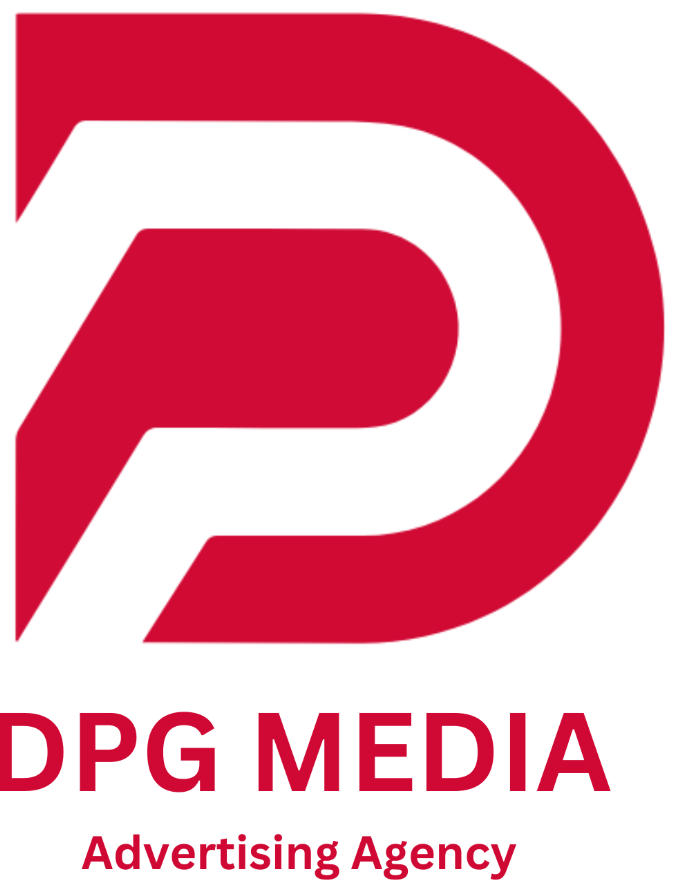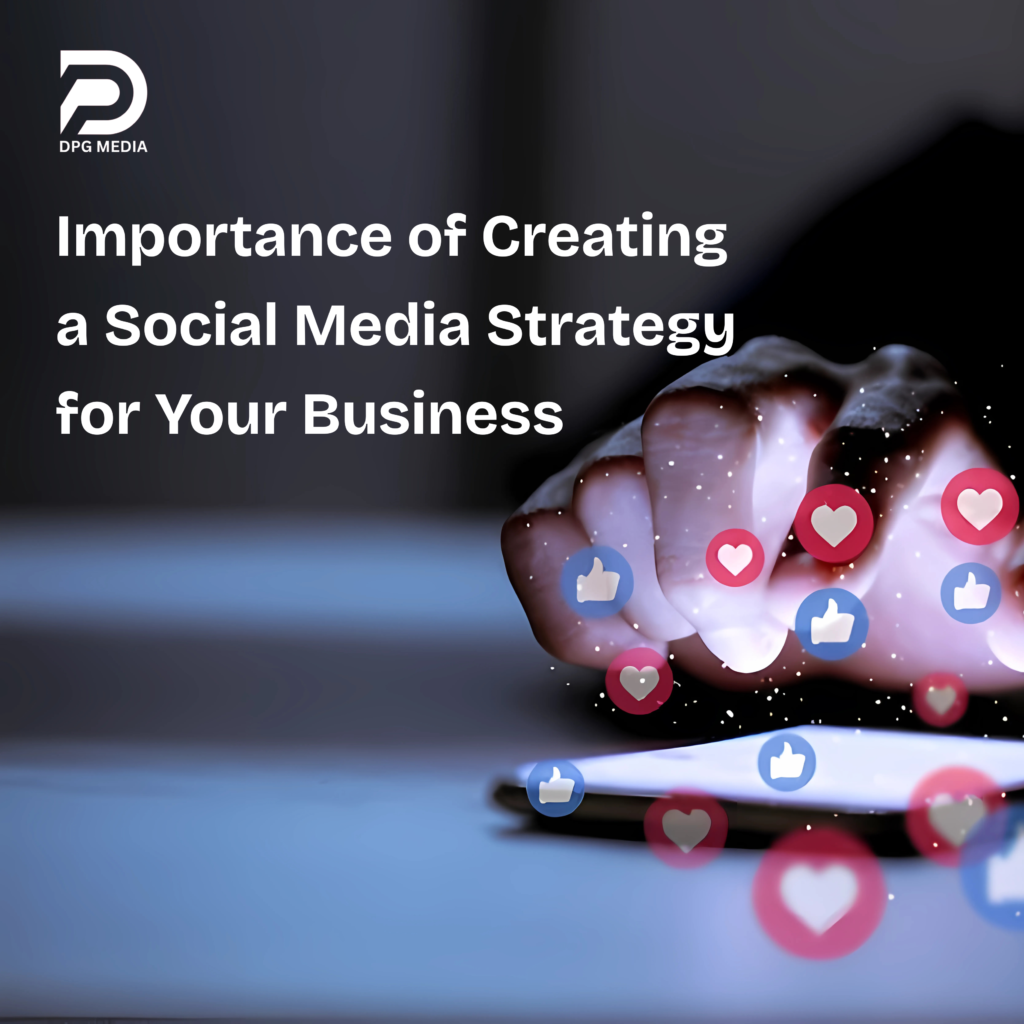Current Digital Marketing Trends and Concepts in India (2024)
In 2024, digital marketing in India is evolving faster than ever before. With an increasing reliance on technology and internet connectivity, businesses must adapt to these rapid changes to stay competitive. As one of the world’s largest digital consumer markets, India presents an enormous opportunity for digital marketers. According to recent projections, the digital advertising market in India is expected to grow at a robust rate, surpassing ₹29,000 crore (approximately $4 billion) by 2024. This growth signifies not only the transformation of marketing practices but also the emerging trends and strategies that businesses must embrace to thrive in the new age of marketing. 1. Artificial Intelligence (AI) and Machine Learning In 2024, AI and machine learning are more than just buzzwords in the digital marketing world. These technologies are transforming how brands interact with their customers and optimize their marketing strategies. From chatbots and predictive analytics to personalized content and automated campaigns, AI is enabling marketers to enhance the customer experience. AI-driven tools are already being used to analyze vast amounts of data to create targeted advertising campaigns. Machine learning algorithms can predict customer behavior, allowing brands to serve more relevant ads at optimal times. This personalized marketing approach has been shown to significantly improve conversion rates. Moreover, conversational AI via chatbots and virtual assistants is increasingly becoming a standard tool for customer engagement. In India, where consumers often seek instant responses, AI-powered chatbots provide 24/7 service, reducing wait times and improving overall customer satisfaction. 2. Video Content and Live Streaming The consumption of video content continues to surge in India, and 2024 will be no different. Platforms like YouTube, Instagram, and TikTok (or similar regional platforms) dominate the social media landscape, and brands are responding by investing more in video marketing. Short-form video content, including reels, stories, and TikTok-like content, has become an essential part of digital marketing campaigns. These videos cater to the shorter attention spans of modern consumers and are often more engaging than static images or text-based ads. India’s growing mobile-first population means that these formats are ideal for reaching a large audience. Live streaming is also on the rise, especially with platforms like Facebook Live, Instagram Live, and YouTube Live. Businesses are using live streaming to engage customers in real-time, whether for product launches, behind-the-scenes content, or customer Q&As. In India, live shopping experiences have gained significant traction, with brands using live broadcasts to showcase products and drive immediate sales. 3. Voice Search and Smart Speakers With the growing popularity of voice assistants like Google Assistant, Siri, and Alexa, voice search is becoming an integral part of digital marketing strategies in India. As more users engage with smart speakers and smartphones to perform online searches, businesses must optimize their content for voice search. Voice searches are typically more conversational, so long-tail keywords and natural language optimization will become even more important in 2024. Marketers will need to ensure their websites, content, and SEO strategies cater to voice search queries to remain discoverable in this new era of digital interaction. Moreover, regional language voice searches are expected to grow significantly, given India’s diverse linguistic landscape. Marketers should localize their content, providing a seamless experience for users across multiple languages to capture a broader audience. 4. Influencer Marketing 2.0 Influencer marketing is one of the most effective ways to engage with the millennial and Gen Z populations in India. In 2024, influencer marketing will continue to thrive but with a shift in focus. While big-name influencers still hold power, there’s a significant rise in micro and nano influencers, who boast smaller but highly engaged audiences. Micro-influencers typically have between 10,000 to 100,000 followers and are seen as more relatable and trustworthy by their followers. In India, where trust and authenticity matter greatly, these influencers can drive more meaningful engagement. In addition, businesses are increasingly looking for influencers who align with their brand values rather than simply their follower count. Furthermore, brands will look beyond traditional social media platforms for influencer collaborations. Emerging platforms like Pinterest, Snapchat, and regional apps are also gaining popularity in India, offering new opportunities for influencer partnerships. 5. E-commerce and Social Commerce Integration With the surge in online shopping, particularly during the pandemic, e-commerce has become one of the most powerful tools in the digital marketing arsenal. Social commerce, the integration of e-commerce capabilities directly into social media platforms, is one of the fastest-growing trends in India. Platforms like Instagram and Facebook have already rolled out shopping features that allow brands to sell products directly within the app. In 2024, this trend will continue to grow, especially as India’s digital payment infrastructure improves, making online shopping more seamless for consumers. With an increase in mobile users, brands are shifting focus to mobile-first marketing strategies, optimizing their e-commerce websites and advertising campaigns for mobile platforms. Social commerce will enable brands to reach consumers where they spend most of their time – on social media – and offer a frictionless shopping experience. 6. Sustainability and Purpose-Driven Marketing In 2024, Indian consumers, especially younger demographics, are becoming more conscious about sustainability, social issues, and ethical practices. This change in consumer behavior is forcing brands to rethink their marketing strategies. Purpose-driven marketing, which highlights a brand’s commitment to social, environmental, or ethical causes, is gaining momentum. Brands that actively promote sustainability and corporate social responsibility (CSR) will find greater resonance with Indian consumers, particularly in the digital space. Whether through eco-friendly packaging, support for local communities, or campaigns addressing social issues, businesses are increasingly incorporating these themes into their marketing. For marketers, this means showcasing not just the product’s features but also how the product aligns with consumers’ values. Engaging storytelling, transparency, and authentic actions are essential in creating a brand that stands for something bigger than just making sales. 7. Data Privacy and Security As digital marketing becomes more data-driven, privacy concerns have risen, particularly in the wake of data breaches and privacy scandals globally. In India, where personal data security is becoming a
Current Digital Marketing Trends and Concepts in India (2024) Read More »










